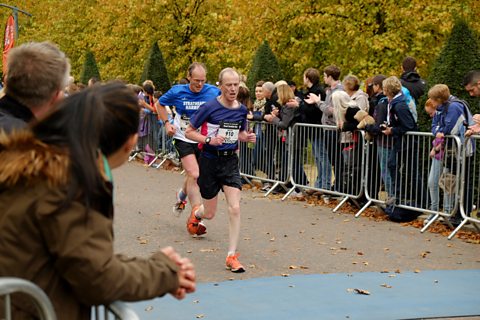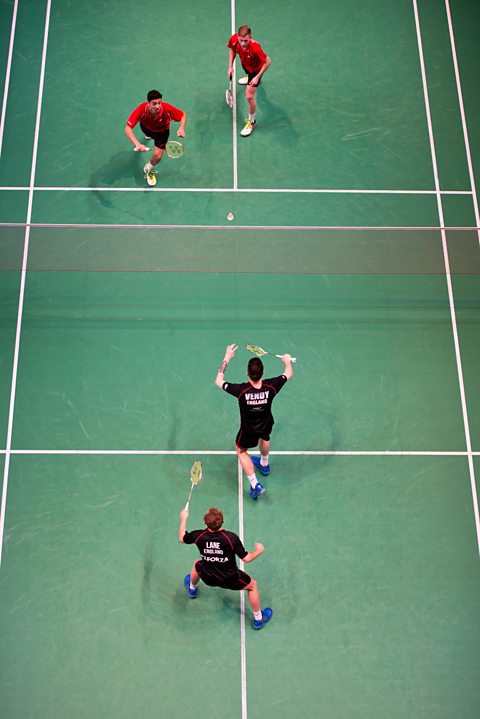How physical factors interact with other factors
How physical factors interact with mental factors
Primary physical factor: CRE
Secondary mental factor: mental toughness
If you are running a marathon, your CRECardio-respiratory endurance. This is a measure of how well your heart, lungs, and muscles work together to keep your body active over an extended period of time. levels need to be one of your major strengths, in order to last the 26.2 miles.
However, if your CRE is low:
- your body will run out of energy
- your muscles will tire
- your joints will begin to ache
At this point, your mental toughness is needed to see the race out. This is an example of how a low primary factor can positively impact a secondary factor.
- Having low CRE levels can result in you needing to draw on your mental toughness to get through the final miles of a marathon.
- This means that as your body starts to tire and you muscles begin to ache, you need to show your mental toughness to get through these painful moments.
- This leads to you pushing through the pain barrier and not giving up as you finish the race to achieve your goal.

How physical factors interact with emotional factors
Primary physical factor: accuracy
Secondary emotional factor: anger
Let's look at how accuracy can lead anger to have an impact on golfing performance. Occasionally, even professional golfers put the simplest five-yard putt wide of the hole and get angry. As they make their way to the next tee, the performer is still so angry that they try to take all their frustration out on their drive and hook it into the rough.
The above is an example of how poor accuracy can cause a performer to get angry.
- A lack of accuracy when putting can cause you to get angry as you make your way to the next tee in golf.
- This means that after hitting a five-yard putt wide of the hole, you get annoyed at yourself for missing an easy putt.
- This leads to you taking all of your frustration out on your next drive and as a result your technique is wrong and the ball goes out of bounds.
How physical factors interact with social factors
Primary physical factor: speed
Secondary social factor: team dynamics

Let's look at how team dynamics can grow as a result of you using your speed in a doubles badminton match. Often in doubles, your partner could be out of position having hit a shot. With the opposition noticing this and playing into the space they vacated, you could use your speed to cover them and return the shuttle before it hits the ground.
This can then see team dynamics grow as your partner is grateful for your help and the bond between you grows. This is an example of how speed can pinball
against team dynamics.
- Using your speed to cover for your playing partner can lead to your team dynamics growing in badminton.
- With your partner out of position from returning a previous shot in the rally, you use your speed to cover them by reaching the opponents' next shot, in the space your partner left.
- This leads to your team dynamics growing as your partner appreciates your support and the bond between you grows.
More guides on this topic
- Factors impacting on performance - Introduction
- Impact of mental factors on performance
- Impact of emotional factors on performance
- Impact of social factors on performance
- Impact of physical factors on performance - Fitness
- Impact of physical factors on performance - Skills
- Impact of physical factors on performance - Tactics